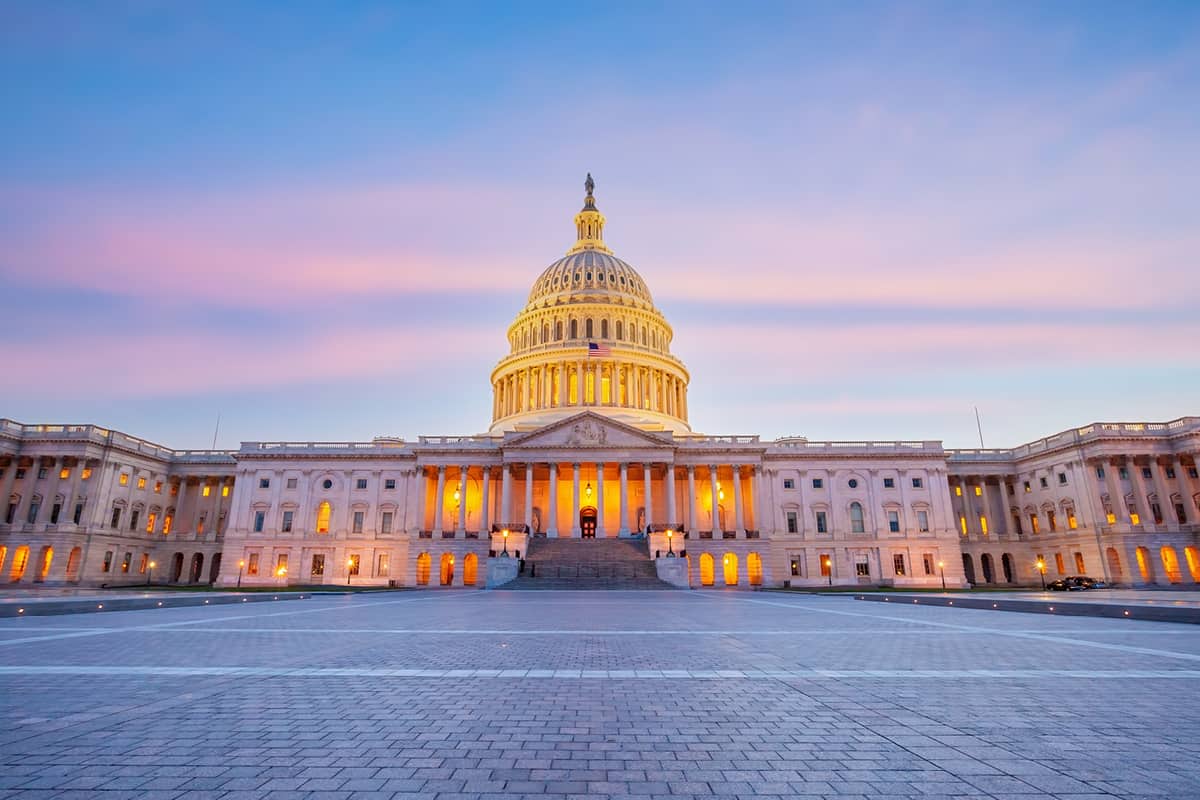
Consolidated Appropriations Act of 2021: The Impact on Pension and Retirement Plans
Disclaimer: This information was correct at the time of publication; however, new guidance from government agencies may be issued at any time, causing some or all of this information to change. Please visit our COVID-19 Business Strategy Hub for the latest news and ensure you are subscribed here to receive email alerts as they are released. We are working diligently to provide the most current information as it becomes available under our COVID-19 Actionable Insights For Businesses Series.
The latest COVID-19 stimulus relief and year-end appropriations bills known as the Consolidated Appropriations Act of 2021 (CAA) touched on several areas specific to retirement plans. These provisions are not necessarily required to be adopted by Plan Sponsors; however, should a plan sponsor elect to adopt one of these provisions, he or she should work with their third-party administrator to ensure that plans are properly administered, appropriate notices are given and plans are updated accordingly.
Partial Plan Termination Temporary Relief
In my previous blog post discussing the impact of COVID-19 on employee benefit plans, I outlined the criteria that can trigger a partial plan termination. In a year where layoffs were commonplace, benefit plans were at risk for a partial plan termination, which would result in all impacted individuals becoming 100% vested in their account balances. Administratively, this results in more work for everyone working with the plan.
The CAA provides temporary relief for employee turnovers related to the COVID-19 pandemic. During any plan year that includes the period beginning on March 13, 2020, and ending March 31, 2021, if the active number of participants covered by the plan on March 31, 2021, is at least 80% of the number of active participants covered by the plan on March 13, 2020, then the plan will not be required to fully vest those who were terminated during that period. For clarification, the 80% does not have to be comprised of the same individuals who were active on March 13, 2020. Also, an ‘active participant’ was not specifically defined; therefore, this presumably includes employees eligible to defer, regardless of whether they are contributing to their plans. Essentially, any employer that incurred layoffs during the COVID-19 pandemic but has since seen a rebound in employment is extended this relief. We anticipate the IRS will release further guidance for any plan that had previously determined that a partial plan termination had occurred and vested accordingly but subsequently fell under the temporary relief discussed.
Application of Special Rules to Money Purchase Pension Plans
The CARES Act allowed Coronavirus-related distributions for defined contribution plans. Money Purchase Pension Plans are individual account plans classified as defined benefit plans; therefore, participants were not eligible to receive distributions from these plans related to COVID-19. The CAA now extends permissible distributions to these plans, but because the effective date of the provision is the same as the CARES Act, it appears that this provision would only apply in the case of a money purchase pension plan that erroneously made a Coronavirus-related distribution during that period or for permissible distributions made between December 27, 2020, and December 31, 2020. In addition, anyone that received a legally permissible distribution from the plan during 2020 has the right to treat that distribution as a Coronavirus-related distribution if appropriate.
Qualified Disaster Relief (Non-COVID disasters)
The CAA enacts relief for qualified disasters occurring between December 29, 2019, and December 27, 2020, that have been declared a disaster under the Stafford Act between January 1, 2020, and February 25, 2021 (wildfires, hurricanes, etc.). Affected participants meeting certain criteria may take qualified disaster distributions of up to $100,000 without incurring the 10% penalty for early withdrawals. The distribution may also be paid back within three years of receipt and may be included in income ratably over a three-year period. The CAA also allows plan sponsors to amend their plan to grant participants the opportunity to recontribute any hardship withdrawals initially taken to purchase or construct a principal residence that has been delayed as a result of a qualified disaster.
The CAA also permits plan loans for affected participants in amounts up to $100,000 or 100% of the participant’s vested balance. Repayments of the loans may be suspended for up to one year or up to June 25, 2021, if longer.
Final Thoughts
It is important to note that the CAA does not extend the relief provided by the CARES Act for Coronavirus-related distributions and loans into 2021. I don’t anticipate that these provisions within the CAA will impact nearly as many plans as the CARES Act. However, the relief for partial plan terminations is a welcome consideration for plan sponsors.

